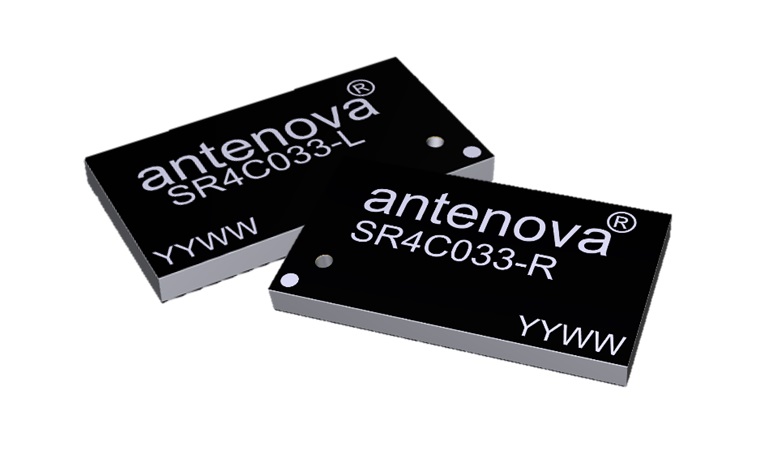As always, the telecoms industry is looking forward to the next generation of technology. We are already seeing the first-mover companies starting to build IoT solutions for the LTE and NB-IoT networks, says Colin Newman CEO of Antenova Ltd.
These networks offer great business opportunities, however companies that are designing IoT or M2M devices for these new standards may need to change their approach to product design, depending upon the network they choose to work with.
4G or LTE networks promise to make the internet faster and more accessible to users with mobile devices. LTE is designed for large amounts of data and will speed up applications that use video or multimedia. It will be ideal for CCTV monitoring remote sites, new broadcast and video applications and mobile gaming.
On the other hand, the NB-IoT networks will suit very different needs. The NB-IoT network standard was created to provide low cost connections for large numbers of devices with simpler, smaller data requirements, and fits very different requirements – it has a greater link budget but a small bandwidth, so it provides a better way to transmit large numbers of small infrequent messages.
It is secure and should be sufficiently affordable to connect devices that have never been connected before, and its great benefit is the ability to run off a single battery that could last as long as ten years. NB-IoT is based on LTE networks, so the infrastructure is already in place and we are starting to see NB-IoT pilots in the UK and Europe where the networks will be useful for smart city applications such as smart parking, smart water management, sensors, monitoring and tracking.
Any wireless device is only as good as the performance of its antenna. If the antenna is not well integrated into the device, the performance will suffer, so achieving wireless performance is always the first challenge, whatever the network.
It is the antenna that touches the network, so it will be around the antenna that the design approach may need to change, and many factors in the environment can affect the performance of an antenna. Metal can cause reflections, and parts of the human body such as fingers may cause an antenna to de-tune and drain battery power.
Multiple antennas can have a coupling effect which can reduce the power output of an antenna so this effect needs to be minimised when there is more than one antenna in close proximity. Being close to the human body can also affect an antenna, so it is good to conduct tests using a phantom hand or head to see how well the antenna will radiate on a person. Both kinds of test can be conducted in an anechoic chamber.
However, with LTE and NB-IoT there are some new factors to consider as well.

LTE antennas are probably the most difficult to integrate into devices. With LTE, the network apportions bandwidth to each user in a defined way, so it is critical that every device conforms to the rules of the network, and this is strictly regulated. This means that designing a product for LTE is not straight forward.
Every product that will operate on the LTE networks needs to have a certified design and network approval from the operators, and the regulations are even stricter in North America. Besides the work involved to perfect a design, the cost of obtaining LTE certification can be high, so it is critical to achieve the certification at the first attempt.
With NB-IoT, a key consideration is how to place the antenna so that it doesn’t drain battery life, so with NB-IoT networks, it is important to take great care to allow the antenna to radiate in the most efficient way.
With the market for wireless devices growing fast, we believe that designers will become far more expert at adding antennas to their designs. Our company is leading the way in making the integration of antennas as easy and accessible as possible for product designers, and we are offering some free tools at our website to help them with this.
They address the early stages of the design process, selecting the most suitable antenna and deciding its position relative to the size and shape of the PCB. When a design is complete, Antenova can arrange to have it tested and gain the vital network certifications. Many companies have already built their design when they contact us, but our advice is always to address integration of the antenna right at the start of the design process.
The author of this blog is Colin Newman CEO of Antenova Ltd
Comment on this article below or via Twitter: @IoTNow OR @jcIoTnow










